7 Things You Should Never Leave Outside in Winter — and How to Safely Store Them
Ensure your garden tools and equipment stay in good condition with this expert advice

Even a mild winter climate can ruin your belongings if they are left outside.
If you are still yet to winterize your backyard, there is still time to put away some of your more precious items to protect them from cold weather. This also prevents waste, as it will lengthen their lifespan.
These are seven garden items landscaping and garden experts say you should never leave outside in the winter and how to safely store them.
1. Outdoor Cushions and Pillows
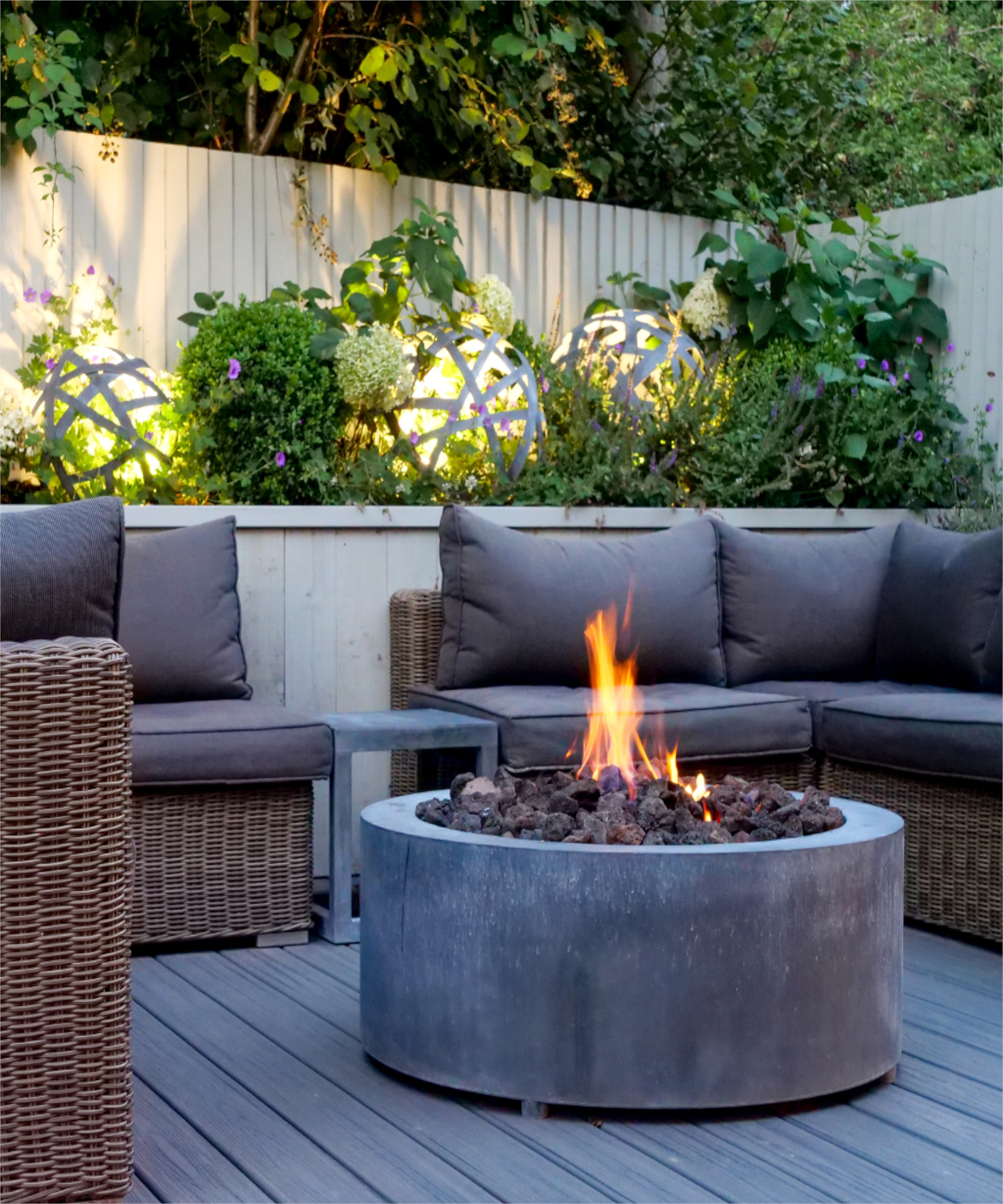
Just because outdoor pillows and cushions are called 'outdoor' doesn't mean they can stay outside all year round. It just means the fabric might be water-proof enough to hold up to a light summer rain shower. These items should be brought indoors for storage, as soon as wet weather beckons.
"Never leave any outdoor cushions or pillows outside during the winter," says Landscape Designer Kat Aul Cervoni. "I store mine in the basement to keep them dry and clean during the winter. Anywhere that is covered and dry will work. They’ll last much longer this way."
Staghorn NYC is a full-service landscape design firm focusing on creating functional and enduring landscapes for residential clients. Since 2014, we have transformed countless outdoor spaces including rooftop and terraces gardens, as well as front and backyard gardens in Manhattan, Brooklyn, and beyond.
2. Umbrellas and Parasols

Ideally, if you winterize outdoor furniture each year, you will have already put away your sun umbrellas and parasols. If not, there is still time before harsher weather strikes. Even if your umbrella is folded down, it can still be damaged by rain, snow and wind, which will degrade the fabric, cause marks and stains, and shorten its life over time.
"Unless you live somewhere warm and tropical, chances are you can do without using your patio umbrella in the winter months," says Kat. "Taking it down and storing it indoors in a garage, basement, or damp-free shed will help prevent them from wearing down, getting dirty, and mildewing."
3. Bags of Potting Soil
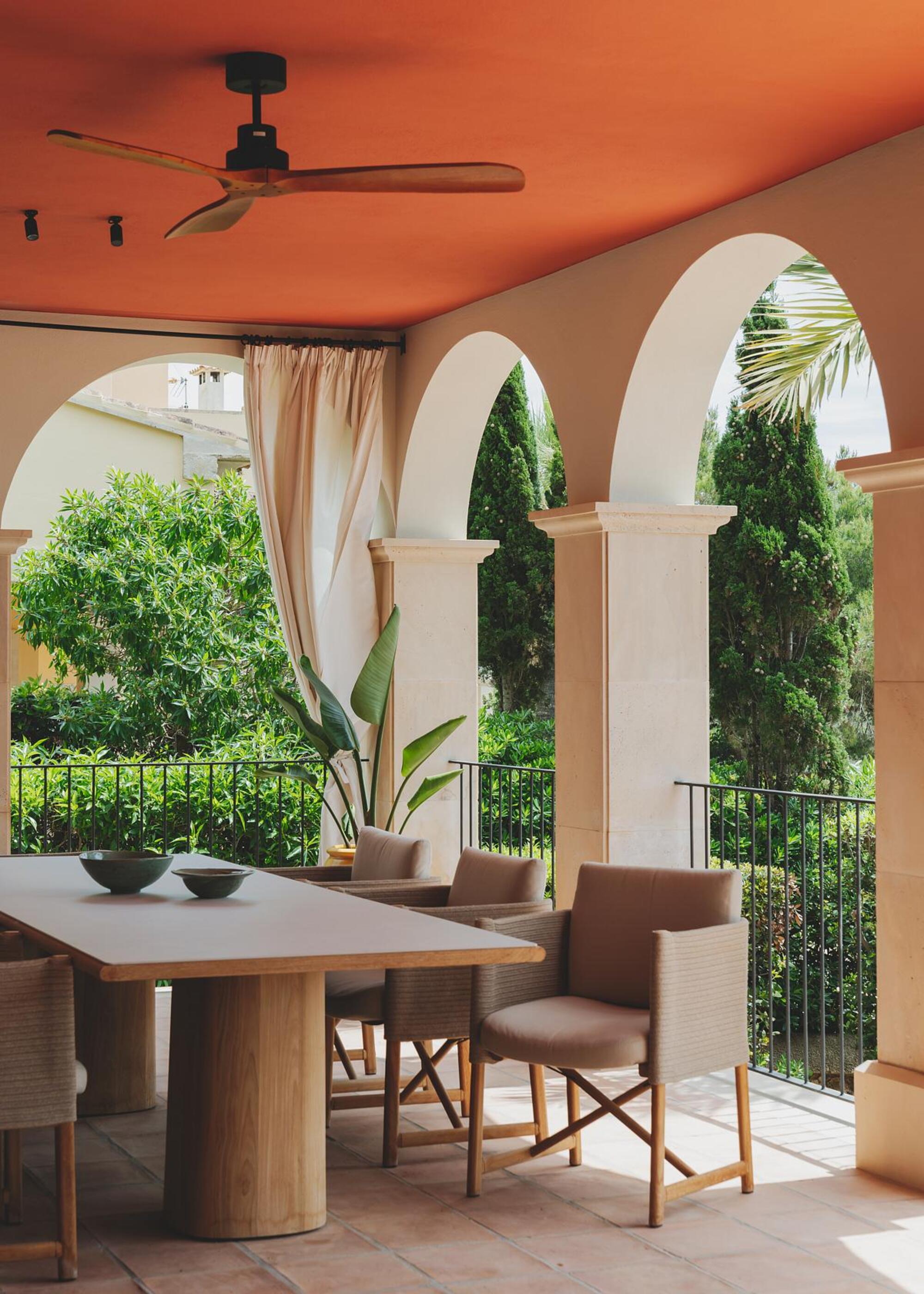
Bags of potting soil may seem like something that can withstand the vagaries of winter weather in your backyard. After all it's just soil, right? Wrong, and for good reason, according to Kat Aul Cervoni.
"Our winters in the northeast can be quite cold and damp with lots of freeze/thaw cycles," says Kat. "This can degrade nutrients in potting soil over time. It can also expose it to possible rodent infestation and moisture. I store bags of potting soil in our shed, to keep them fresh for use in the spring and summer."
4. Secateurs, Loppers and Pruning tools

When exposed to water, frost or ice over periods of time, wood warps, plastic degrades and metal corrodes. So your secateurs, loppers and other pruning tools will benefit from being kept clean and dry-even if the blades are top-grade steel. You can easily place your tool away in this TAKUKA Outdoor Storage Cabinet from Amazon or this Tote, Garden Tool bag from Burpee.
"Moisture is the enemy of secateurs and other steel pruning tools," says New York-based landscape designer, Kat Aul Cervoni, founder, Staghorn Living. "Keep them stored indoors (year round) to prevent rusting. A garage, shed or even waterproof storage bin is ideal for these."
5. Liquid Fertilizer and Chemicals
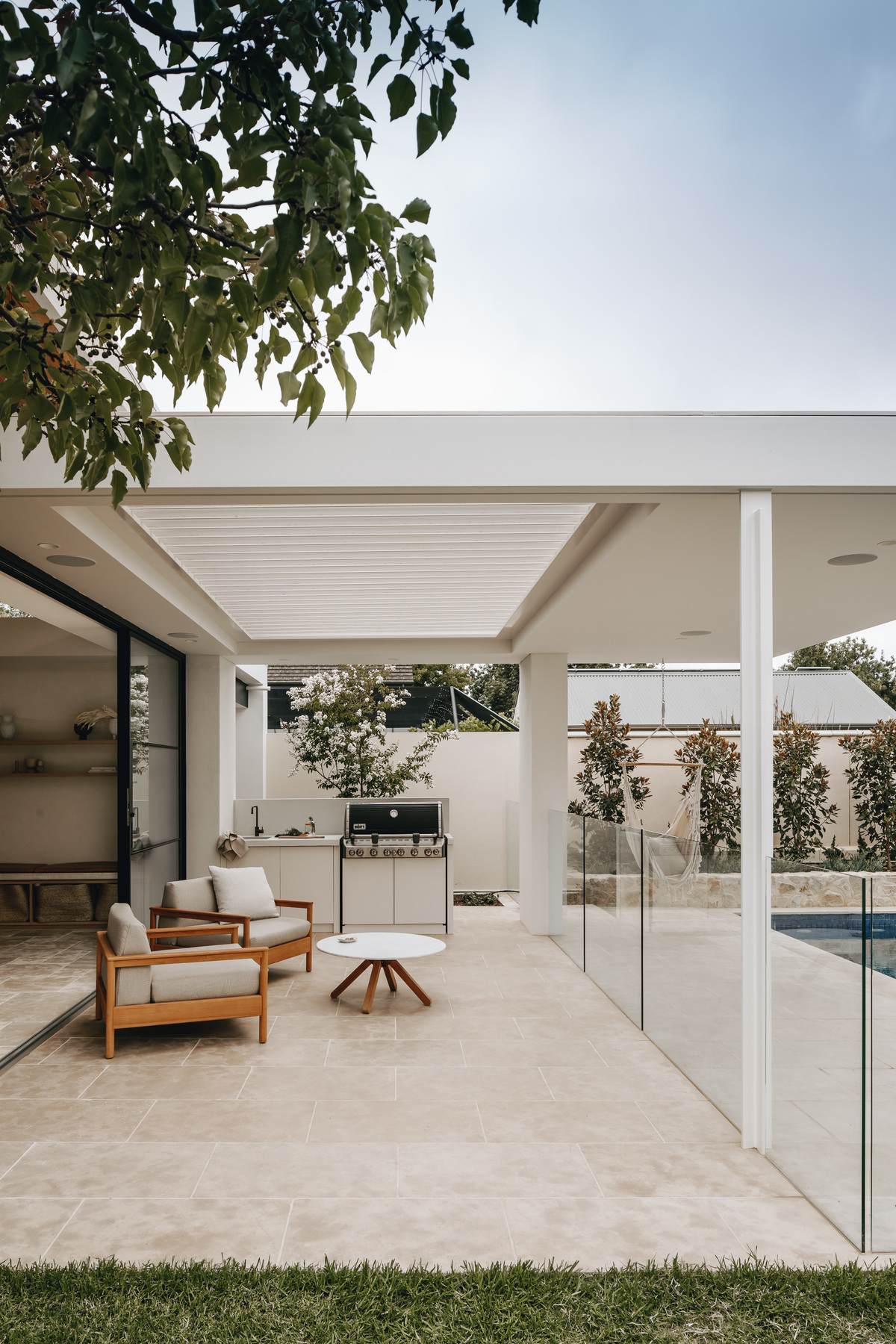
Organic lawn care is far better for your garden, your health and biodiversity. However, if you do use liquid fertilizer or chemicals in your yard, they need to be stored safely indoors in the winter.
"Liquid fertilizers and chemicals should not be left outside over the winter due to possible freezing temperatures causing a separation of the liquid or cracking of the container," explains Quinten O'Dea, founder, Q&A Landscaping in Pittsburgh.
"These items should be kept in a place with consistent temperatures above freezing. Chemical sprayers, if you use them, should also be cleaned out and stored empty to avoid anything freezing in the container or lines."
Q&A Landscaping has evolved from the local neighborhood lawn boy who would push his lawn mower up the street to your house, to an established company completing quality landscape projects throughout the Pittsburgh area. Throughout high school and then the University of Pittsburgh, we grew our company into careers for ourselves and our crew members by being thorough in our work.
6. Grass Seed
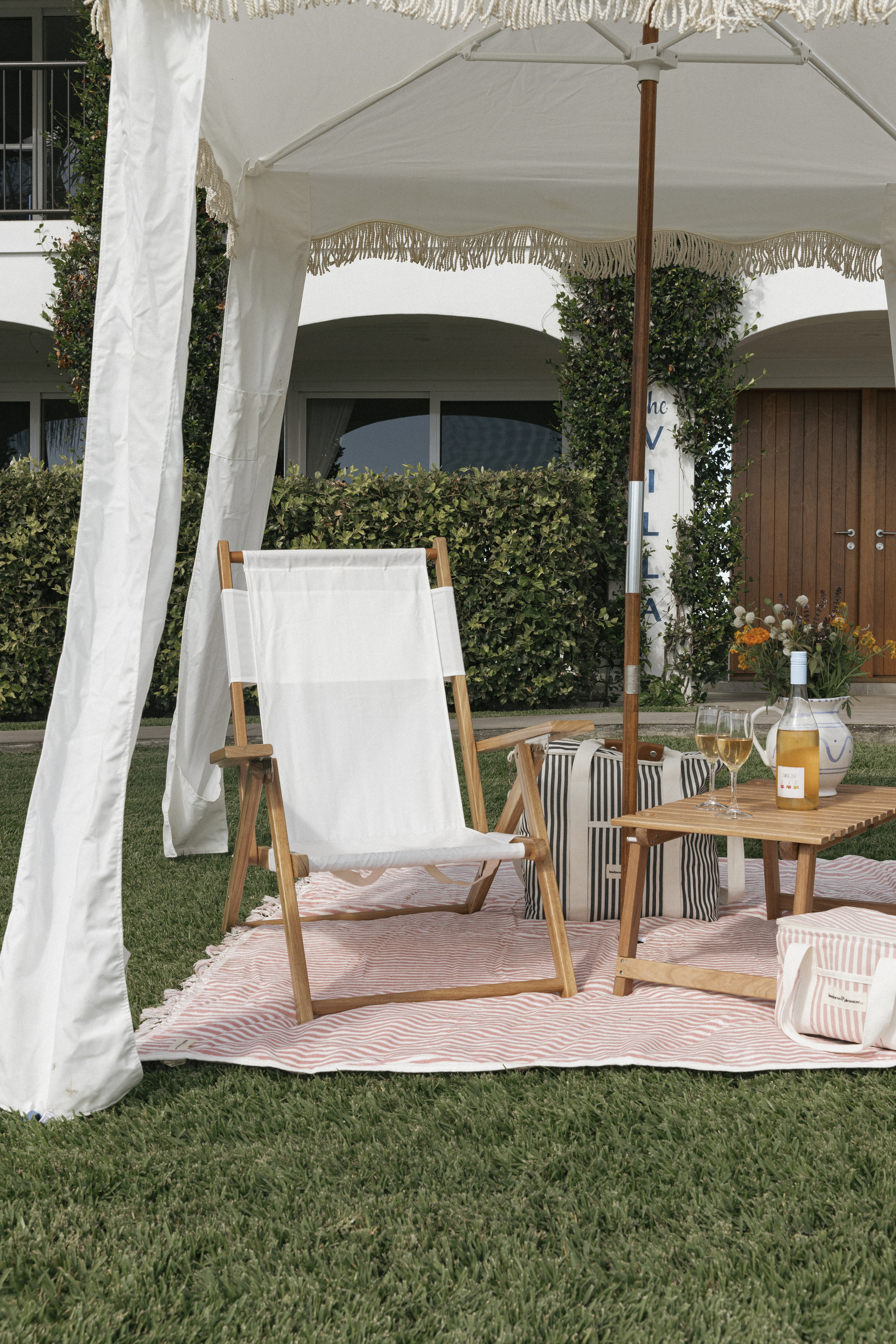
If you're on top of your lawn care and you've planned ahead and already bought seed for spring–or have some left over from last year–it's best to store bags and packets in a covered seed bin in your shed or garage.
"Grass seed should not be left outside over the winter due to freezing conditions and fluctuations in temperature, which could lower the germination rate," explains Quinten.
"Additionally, during the winter animals become more desperate for food and could eat some of the seed if it is accessible. It's best to store this in a dry place with consistent temperatures and protection from any hungry animals."
Bradley Mowers is a family-owned and operated outdoor power equipment manufacturer located just 60 miles south of Chicago. For over 25 years, we’ve been dedicated to producing high-quality equipment at an affordable price, ensuring that our customers get exceptional value.We pride ourselves on treating every customer like family and are committed to delivering outstanding customer service.
7. Outdoor Power Tools

Proper lawn mower storage is essential throughout the year, but especially in the winter. Snow, rain or damp weather can cause irreparable damage to machinery and other garden power tools, from rust and corrosion to poor battery performance.
It's not as simple as just shoving the lawn mower in the shed after it's been used either. It needs to be clean, dry and stored somewhere that's damp-free.
"Maintenance costs can be reduced when you store your mower properly," says Brad Ducat, manager, Bradley Mowers. "Regular upkeep is easier and less costly compared to repairing or replacing parts that have degraded due to improper storage conditions.
"Before storing, thoroughly clean the mower to remove grass clippings, dirt, and debris. This prevents corrosion and keeps the shed clean. If your mower has a gas engine, either run it until the tank is empty or add a fuel stabilizer to prevent fuel degradation and carburetor issues," Bradley explains. "For mowers with batteries (usually on electric models), disconnect the battery and store it separately if the shed is not temperature-controlled. Sharpen the mower blades if necessary and consider applying a light coat of oil to prevent rust."
The expert adds, "Store the mower on the floor of a shed or garage, on a stable surface to prevent tipping. Ideally, use a mower mat or platform to protect the floor and mower. Finally, ensure the storage area is secure with a lock to prevent theft." We also recommend this Resin Outdoor Storage Shed from Amazon and this Suncast 34 Cubic Feet Capacity Horizontal Outdoor Storage Shed from Target.
"As well as lawn mowers; weedwackers, hedge trimmers, and other outdoor power tools should be stored in a dry location away from the elements," says Quinten. "It's okay for them to be cold but not wet or damp. Ensure they are clean and empty the old gas out of the tanks before storing them for the winter too."
FAQs
What can be left outside in the winter?
Some garden items should be able to withstand the elements. However, ensure that whatever you leave outside is not prone to being blown about in a gale.
"If space is an issue, keeping larger, non-mechanical items like wagons and wheelbarrows outdoors is generally ok," says Kat. "I just make sure to keep them tipped up on their side to prevent water from pooling in them over the winter months."
When water freezes it expands. This means any water residue left in items such as a hose pipe or sprinkler, that has been left outside, could turn to ice if the temperature drops to freezing. If they have not been drained down, this could cause pipes to burst or split.
"I find that leaving hoses outside during the winter is fine, as long as they have been drained and are hung or coiled in a bin or off the ground, to prevent freezing/thawing water inside which can break down the hose material," says Kat.
"Frost-proof planters can be left outside too, as long as they have adequate drainage. For any that aren’t currently in-use, I make sure to empty out any potting soil ahead of winter so that no bits of organic matter can hang on to moisture and cause potential damage over the winter."
We love these Tall planters from Amazon and this Geared Terracotta Indoor Outdoor Planter Pot from Target.
Be The First To Know
The Livingetc newsletters are your inside source for what’s shaping interiors now - and what’s next. Discover trend forecasts, smart style ideas, and curated shopping inspiration that brings design to life. Subscribe today and stay ahead of the curve.
Jacky Parker is a London-based freelance journalist and content creator, specialising in interiors, travel and food. From buying guides and real home case studies to shopping and news pages, she produces a wide range of features for national magazines and SEO content for websites
A long-time contributor to Livingetc, as a member of the team, she regularly reports on the latest trends, speaking to experts and discovering the latest tips. Jacky has also written for other publications such as Homes and Gardens, Ideal Home, Red, Grand Designs, Sunday Times Style and AD, Country Homes and Interiors and ELLE Decoration.
-
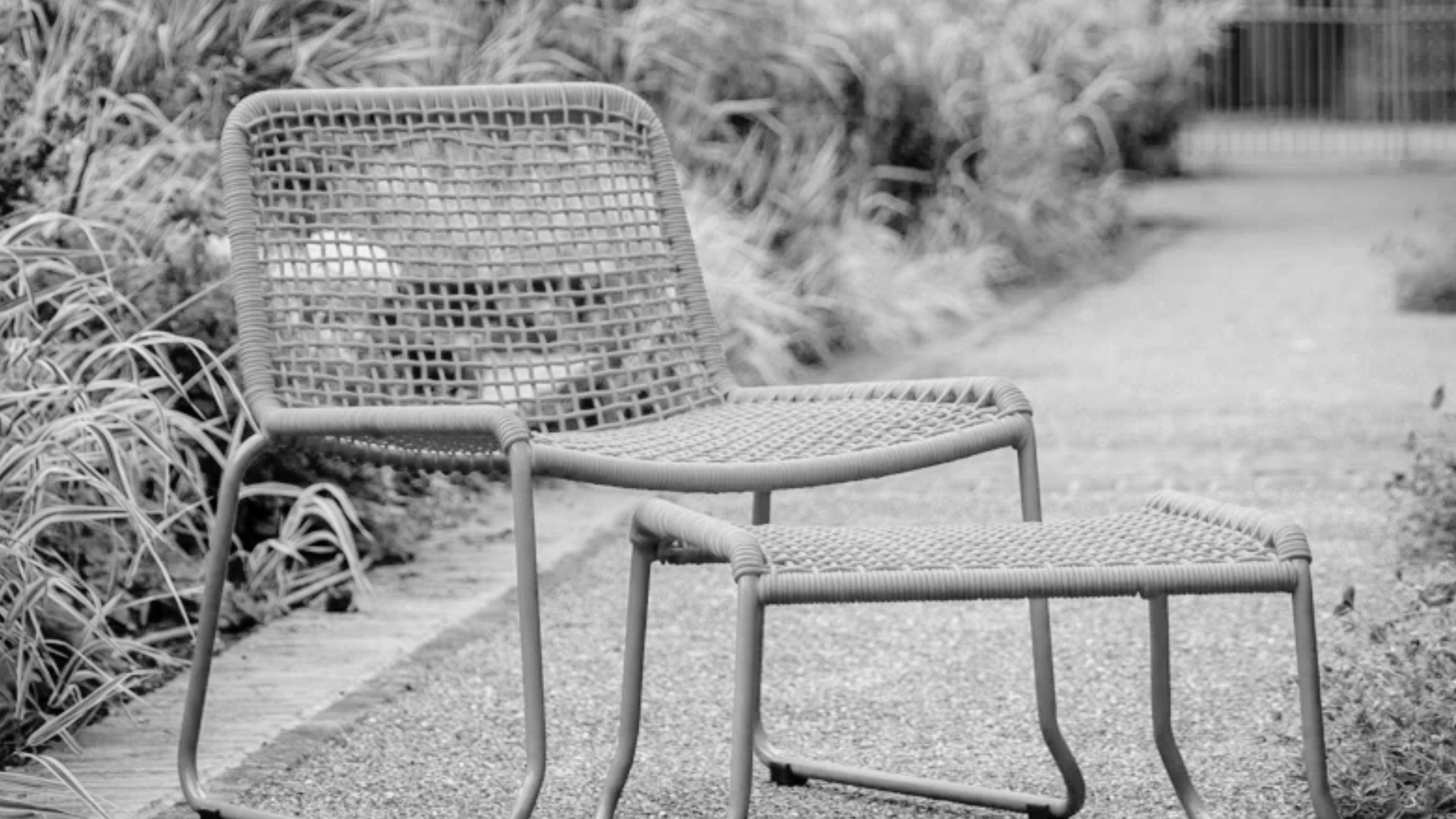 This Outdoor Lounger Is the Color of the Season for Garden Furniture — And It's on Sale This Weekend
This Outdoor Lounger Is the Color of the Season for Garden Furniture — And It's on Sale This WeekendThis year, it's all about the contrast, and this bright, sunny hue is the perfect foil to your green outdoor spaces
By Hugh Metcalf
-
 Kelly Wearstler Designed an Animal Hospital Where "Anxiety Just Melts Away", and I'm Taking Notes for My Own Home
Kelly Wearstler Designed an Animal Hospital Where "Anxiety Just Melts Away", and I'm Taking Notes for My Own HomeThe renowned designer's foray into healthcare demonstrates have even the most functional of spaces can still be design-forward
By Devin Toolen
-
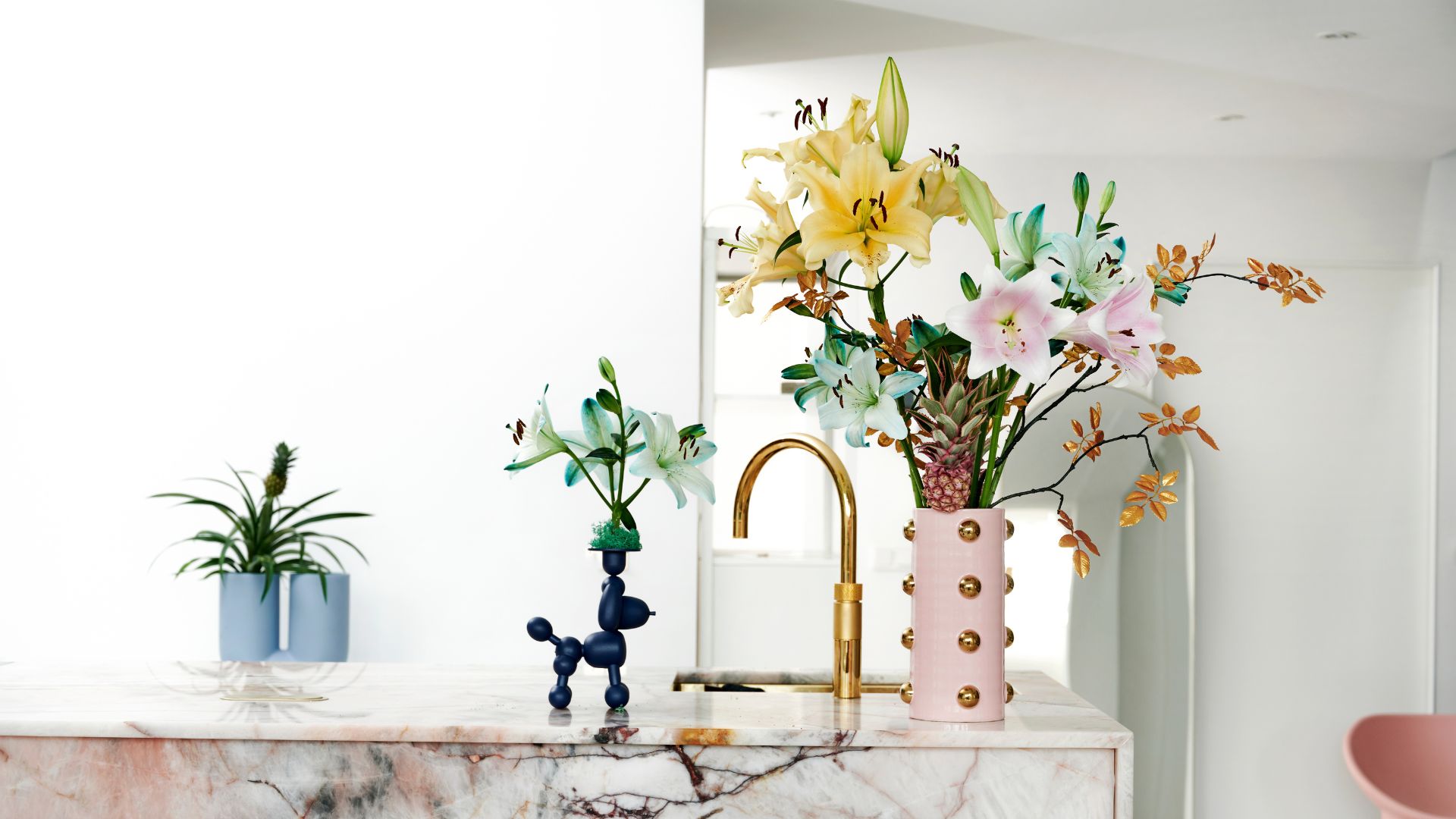 I've Discovered This Floristry 'Recipe' That's the Trade Secret to Elevating Your Grocery Store Flowers at Home
I've Discovered This Floristry 'Recipe' That's the Trade Secret to Elevating Your Grocery Store Flowers at HomeCommonly used to create the perfect color palette in interior design, this rule also works in floristry. Here's how to use it for your spring arrangements.
By Amiya Baratan
-
 These Are the Dos and Don'ts of Bamboo Plant Placement — Follow This to Avoid Bad Feng Shui
These Are the Dos and Don'ts of Bamboo Plant Placement — Follow This to Avoid Bad Feng ShuiBy following the experts' guidance on where to place this houseplant you can usher luck, wealth, and prosperity into your home
By Lilith Hudson
-
 Is It Okay to Have a Mirror Facing a Door in Feng Shui? The Verdict Is In and It Just Might Surprise You
Is It Okay to Have a Mirror Facing a Door in Feng Shui? The Verdict Is In and It Just Might Surprise YouDecorating your home with mirrors calls for intention if you're dressing your space in accordance with Feng Shui. Here's what you should know.
By Amiya Baratan
-
 4 Things to Unpack as Soon as You Move House — For a Comfortable and Organized Fresh Start
4 Things to Unpack as Soon as You Move House — For a Comfortable and Organized Fresh StartIf you have a major move in the works and you're looking to prepare in advance, this is the starter kit you need to properly set up your new home.
By Amiya Baratan
-
 10 Decluttering Challenges to Have on Your Radar This Year — For a Tidier, More Mindful Home
10 Decluttering Challenges to Have on Your Radar This Year — For a Tidier, More Mindful HomeIf you're interested in transforming your home for the better, here are 10 decluttering challenges I recommend for a professionally tidy space.
By Amiya Baratan
-
 Biophilic Decluttering — What to Take Out of Your Home (and What to Put in) for a More Natural Home
Biophilic Decluttering — What to Take Out of Your Home (and What to Put in) for a More Natural HomeTry your hand at biophilic decluttering to ground your interiors, connect to the environment, and cure chronic clutter in one go. Here's how.
By Amiya Baratan
-
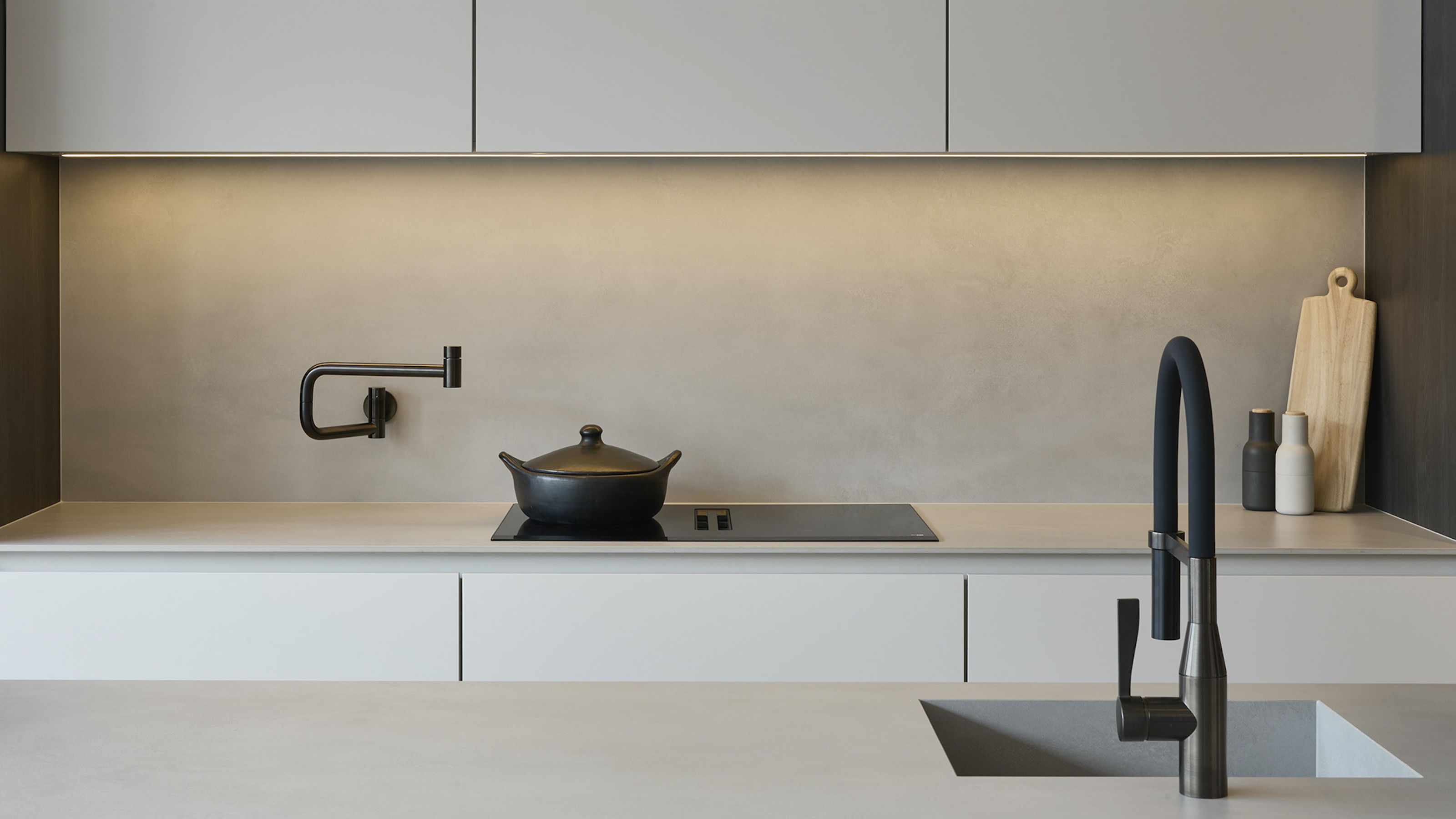 The 10 Different Types of Kitchen Taps — And the Pros and Cons of Each One to Know Before You Pick
The 10 Different Types of Kitchen Taps — And the Pros and Cons of Each One to Know Before You PickFrom sleek pull-outs to vintage bridge taps, explore 10 kitchen tap styles that mix function, flair, and a splash of cool
By Linda Clayton
-
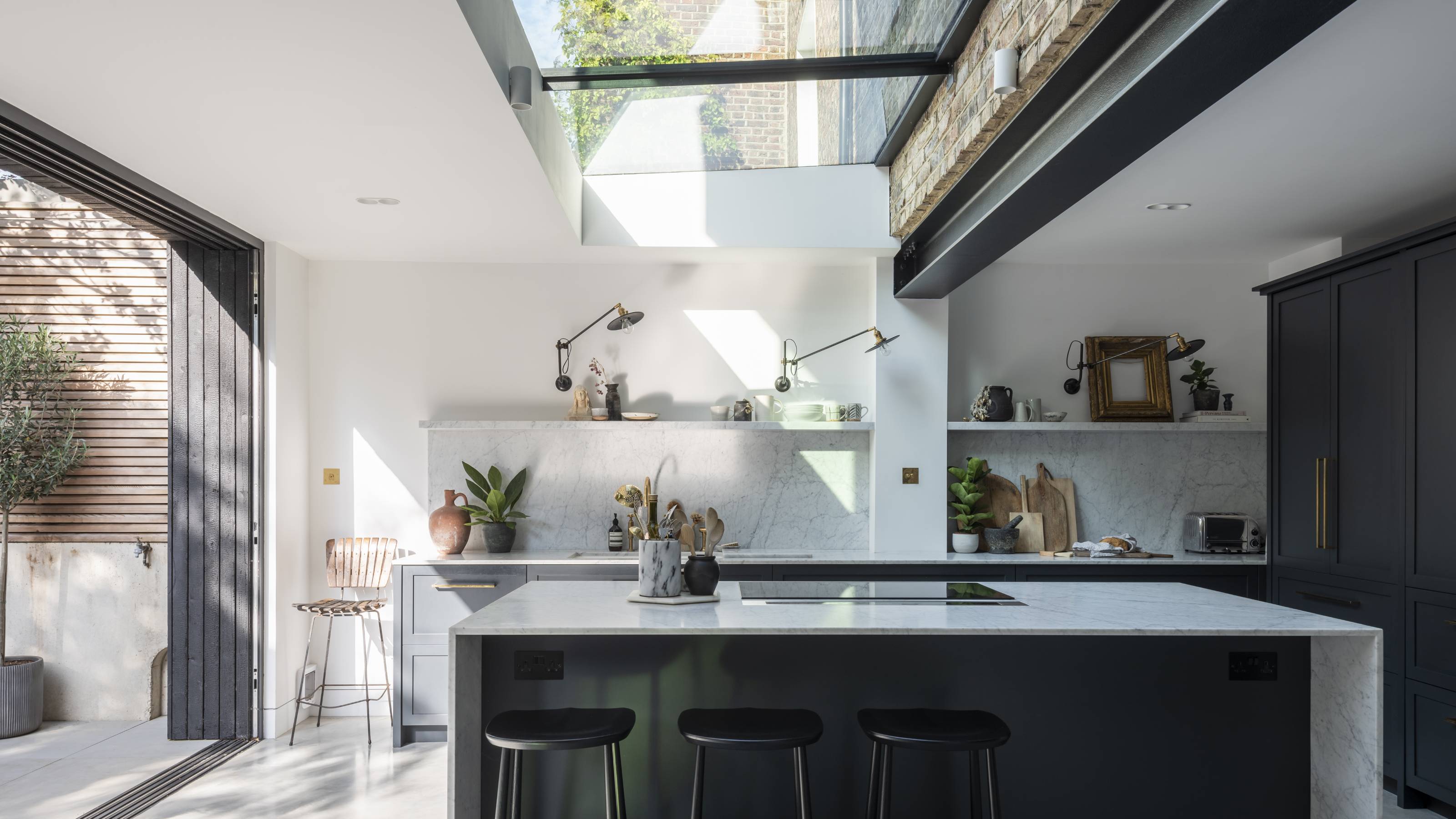 How Much Does an Extension Cost in 2025? Renovation and Design Experts Break Down Your Budget
How Much Does an Extension Cost in 2025? Renovation and Design Experts Break Down Your BudgetExplore how much different types of extensions cost in 2025 to budget for your project accurately
By Amy Reeves